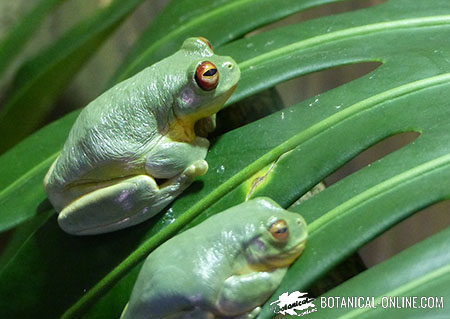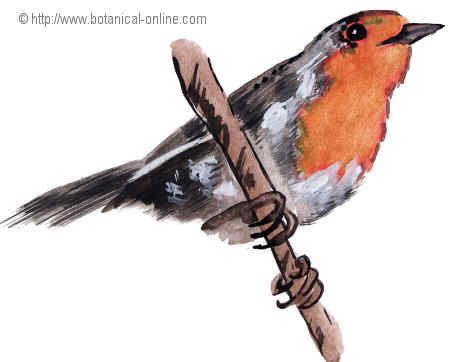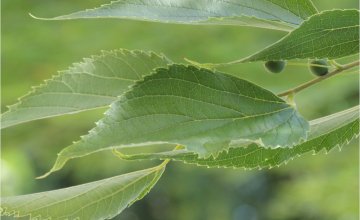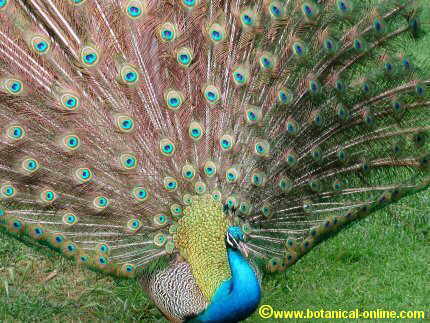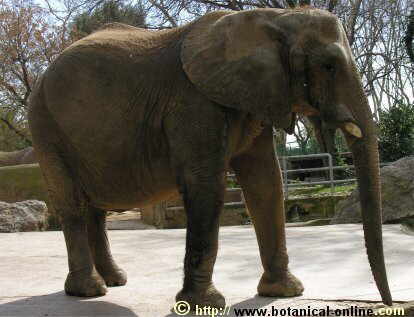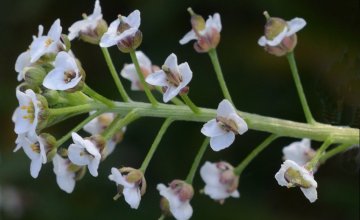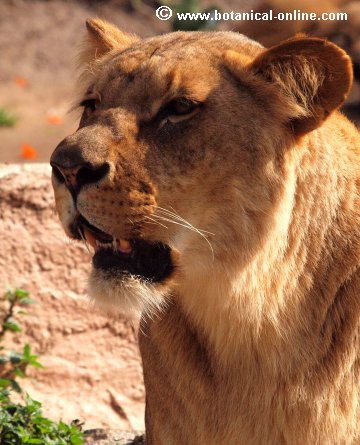Contents
- 1 Amphibians that live in the jungles
- 1.1 What is special about amphibians living in the jungles?
- 1.2 Why can you not see many amphibians in tropical forests?
- 1.3 Why d0 so many amphibians live in the jungle?
- 1.4 Where can we find amphibians in the tropical rain forests?
- 1.5 Some species of amphibians that live in the jungle
- 1.6 Threats on jungle amphibians
Amphibians that live in the jungles
What is special about amphibians living in the jungles?
Jungles, because of their high humidity and high temperatures, are the richest ecosystem in terms of amphibians, along with the Várzea forest, or flooded forests of the Amazon basin.
Southeast Asia is an amphibian biodiversity hotspot. In other words, in this area of the planet, there is an incredible diversity of amphibian species in terms of shapes, colors and ways of life. There are an estimated 700 species of amphibians in Southeast Asia.
Why can you not see many amphibians in tropical forests?
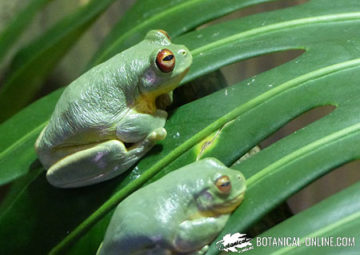
The tropical rainforest has an extremely exuberant life and really no other terrestrial habitat has as much vegetation as this ecosystem, the one with the greatest complexity and the one with the greatest richness of species. However, in the dense tropical rain forest it is not an easy task to discover animals. In fact, many visitors and hikers are very disappointed when they go to the jungle in search of wildlife and they can hardly see any animal. The animals of the forest can hide from the gaze of the human observer in the dense foliage.
Another explanation to understand why you do not see as many animals as you might expect is because there are few large animals that live in the jungle. The jungle is an ecosystem rich in animal species, but small animals abound, especially insects, but also amphibians and reptiles.
Detection and observation of animal species in forests is so complicated that there is no consensus among scientists on whether to estimate only 2 million species, between plants and animals, or more than 30 million. To get an idea, in a Costa Rican jungle, 4000 species of butterflies were counted, but only 40 different species of amphibians. Elsewhere, 43 species of ants were identified in just one tree and more than 3,000 species of beetles were counted in just 5 tree canopies.
Why d0 so many amphibians live in the jungle?
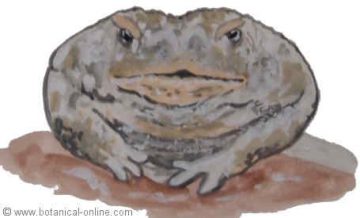
The humid tropical forest is also a good habitat for amphibians, due to the humidity and the richness of species in the water.
Where can we find amphibians in the tropical rain forests?
In the tropical rainforest, amphibians do not only live in the water found in the ground, but they also live in the treetops, since epiphytic plants allow the accumulation of water from the constant rains of these ecosystems in its funnel-shaped leaves. Most of the inhabitants of these small ponds suspended in the air are aquatic frogs and other small animals.
Some species of amphibians that live in the jungle
In the jungle, there are mostly frogs, but also toads. The caecilians (a group of limbless, vermiform or serpentine amphibians) are difficult to see because they live underground. Here, there are also the most colorful frogs, such as red-eyed green frog (Agalychnis callidryas) or the dendrobates or poison dart frogs, whose toxin located in their skin is deadly.
Another important group of jungle frogs are tree frogs. Usually these species are small in size and well camouflaged. These frogs are provided with adhesive pads with which they can attach to the leaves and stems of plants. Glass frogs Centrolenella sp. have their stomachs almost completely transparent, so their heartbeat and intestines can be seen.
Malayan leaf toad (Megophrys nasuta) rests in the litter of the soils of the jungles of Southeast Asia, in countries such as Thailand, Singapore or Malaysia.
Another typical toad of the jungle, in this case, South American, is giant toad, with the scientific name Bufo marinus. It is one of the largest species of toad, whose its great toxicity, protects it from numerous predators. It has been introduced by man and it is becoming a pest and an invasive alien species, currently.
Threats on jungle amphibians
Many species of amphibians are threatened by habitat loss, animal trafficking, or environmental changes. Amphibians are especially vulnerable because of a deadly fungal disease known as chytridiomycosis, which has spread around the world, causing the extinction of nearly 200 species of toads and frogs in the past 30 years.
Threatened animal species are kept in zoos and other conservation centers with the aim of raising them to reintroduce them into their natural habitat.
![]() More information on other animals
More information on other animals

